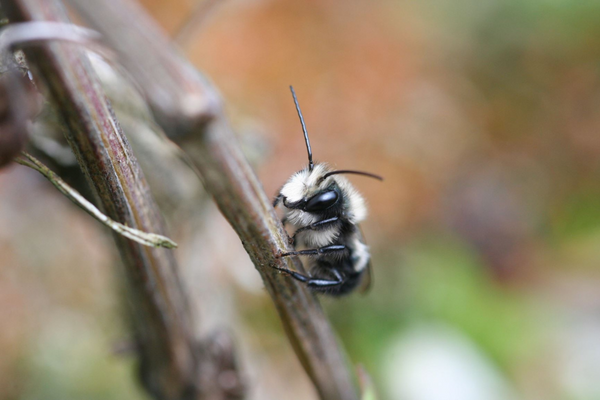Lavender is a genus of the mint family, Lamacieae, that includes 47 species and a great many cultivars. The species name Lavandula is thought to derive from the Latin word lavare - "to wash," and probably speaks to the plant's use in soaps and perfumes. It is native to the temperate regions from Cape Verde to the Mediterranean and the Levant, and from north Africa to southeast India. It has been used for centuries as a medicinal and culinary plant, and also in cosmetics. Lavender's leaves and flower buds are rich in fragrant oils, very similar to rosemary. The plant can be grown as a perennial in Zones 5-8, and as an annual in cooler climates. Continue reading below for some tips and tricks on how to grow lavender from seed.
Latin
Lavandula sp.
Family: Lamiaceae
Difficulty
Moderately challenging
Season & Zone
Season: Warm season
Exposure: Full sun
Timing
Lavender germinates most evenly if seeds can be collected in the autumn and sown on the surface of a seed tray with bottom heat maintaining 4-10°C (40-50°F). The seedlings are then overwintered in a cool greenhouse or cold frame with good ventilation. Seedlings can then be potted on as needed.
Another method is to start the seeds indoors in winter, planting a few seeds in a few pots with sterilized seed starting mix. Dampen the mix, press the seeds into the surface, insert the pots into plastic bags, and put them in the freezer for about a week. Let them come to room temperature on their own, and then use bottom heat as indicated above.
Starting
Avoid using a plastic lid or covering, as this will keep the soil more moist than needed. Barely cover the seed, as they germinates in 14-21 days in warm soil. Do not use a plastic lid or covering because this will make the surface of the soil too moist. If watering is necessary, water from below. If germination is low after 3-4 weeks, lower the temperature to 5-10°C (40-50°F) for 2 weeks, then raise it again. Pot up the tiny seedlings and grow them on in a protected greenhouse or windowsill to set into the garden in the spring.
Growing
Lavender prefers full sun and well drained, fertile soil. Trim plants back hard in spring, just as new growth starts – but never prune back into the woody part of the stems. This will give a rush of even growth for the first leaves and bloom. Cut back again in early autumn, but again – never into old wood.
Harvest
Gather the flowers just as they open. Dry on open trays, or by hanging in small bunches. Pick the leaves anytime to use fresh, or if dehydrating lavender leaves, gather before flowering starts.
















